Den forhenværende bingovært fra Ålborg har fået dun på overlæben og eget ny-sprog. Snart er han vor tids Weidekamp og Urban Hansen og en sosse- patriark modelleret efter tidens bløde smag.
Orwell’ske beføjelser til EU
EU er med Fjordmans ord et ‘slow-motion statskup’, og nu begynder et spirende ‘indenrigsministerium’ altså at træde i karakter. Problemet her er som ved andre totalitære trusler naturligvis den udbredte apati i vælgerbefolkningerne – at frihed er noget dyrebart og at frihed kan mistes, er ikke højt på vælgernes liste over prioriteter. Dette, og så en udbredt opfattelse af at frihed først og fremmest er frihed til udefrakommende fjenders aktiviteter, vil formentlig få dette til at glide igennem uden nævneværdig modstand eller vrede. Via Gates of Vienna (LFPC):
Brussels bureaucrats are plotting a massive expansion in the use of surveillance and controversial extradition powers, a report warned last night. […]
The EU wants to create its own version of the Home Office to oversee the policy changes, and even has plans to train a third of the police service to create a Blocwide ‘common culture of policing’. […]
The report, by the Open Europe think tank, details how the EU has already adopted swathes of surveillance powers. But it says once the Lisbon Treaty has been ratified this will increase dramatically.
Analyst Stephen Booth said: ‘How can citizens expect their fundamental rights to liberty and independence from the state to be protected by unaccountable institutions which have a vested interest in creating more laws? […]
Open Europe points to the creation of a committee on EU ‘internal security’ as the equivalent of a fledgling EU home office. EU ministers and the European Commission are currently negotiating a raft of controversial proposals, which are expected radically to increase the EU’s role in policing, criminal and security matters, the report says.
They include a target to train a third of all police officers across the EU in a ‘ common culture’ of policing […]
Open Europe also highlights possible proposals allowing people to be tried in UK courts for offences which are not even crimes in the UK. […] Brussels ‘Home Office’ plot to snoop on all of Europe
Det årlige »Mångfaldsbarometer«
fra Sociologiska Institutuionen i Uppsala er et stykke forskning der er skræddersyet til at blive tolket af pressen, som det passer den bedst. Overskrifterne kan se således ud:
Der er imidlertid masser af konklusioner i den, som kan tolkes mindre hallalujah-agtigt:
”81.1% anser att invandrarna har en skyldighet att anpassa sig till vårt lands vanor”
” 64,3% anser att muslimska kvinnor som lever i Sverige är i större grad förtryckta än andra kvinnor i Sverige”
“45,8% anser att slöja borde förbjudas helt i skola och på arbetsplatsen”
“Hela 64,1% anser att det finns grupper av invandrare som inte klarar av att integreras i vår kultur”.
“39,9% anser att invandrare bara kommer till Sverige för att ta del av våra sociala förmåner”
De flesta svaren är positiva till mångfalden, men de tyder också på stora krav på invandrarna. Påståendet ”Invandrarna har skyldighet att anpassa sig till vårt lands vanor” fick 80,1% av instämmande svar år 2005. Andelen ökade till 81,9% år 2006 och får samma nivå, 81,8% år 2007, minskade något år 2008 till 79,7% för att sedan öka till 81,1% år 2009. Alla utlänningar som begått brott i Sverige bör tvingas att lämna landet” som en klar majoritet, 63% instämde helt eller delvis år 2005. År 2006 ökar andelen till 64,8%. Mångfaldsbarometern2009: Svenska befolkningen inte mer främlingsfientlig, pdf 38 sider.
Her rene selvfølgeligheder (s. 34):
I en av uppgifterna i enkäten ombads respondenterna att på en sjugradig skala bedöma hur pass lika eller olika de upplevde ett antal olika nationaliteter och folkgrupper i förhållande till sig själva. Resultatet redovisas med hjälp av en avståndskurva, graderad från 0 till 7.
Som väntat bedöms det kulturella avståndet vara lägst när det gäller invånarna i de nordiska grannländerna. Därefter följer tre nationaliteter, engelsmän, tyskar och amerikaner, som tillhör den västeuropeiska gemenskapen med vilka Sverige och svenskarna sedan en följd av år haft nära och täta kontakter. De nationaliteter som följer därnäst är polacker, greker och judar. Sedan placeras kroater, chilenare, ryssar, bosnier, serber och thailändare. Längst bort placeras turkar, kurder, kineser, iranier, irakier, romer, somalier.
Rapporten siger utvivlsomt noget om Sverige, men hvor meget siger den om Uppsala Universitet ?
Halvmånen og kontinentet
When the British government recently announced a plan to spend nearly $20 million to reassure “white enclaves” that they had nothing to fear from nonwhite immigrants, it was a tacit admission that much of the public harbored serious doubts about the virtues of immigration. This is not exactly news. Polls show that some 70 percent of Britons believe that there are too many immigrants in their country. Majorities throughout Western Europe agree, and Muslim immigrants in particular are viewed with suspicion. Though we’re often told—not least by Europeans—that Europe has moved beyond such archaic notions as ethnicity, religion, and nationhood to embrace multiculturalism, the widespread concern over Islamic immigration suggests that Europeans have not made peace with the demographic changes reshaping their societies. What are those changes and how did they come about? More pressingly, what do they portend for Europe’s future?
Reflections on the Revolution in Europe is Christopher Caldwell’s effort to answer these questions. It is a judicious survey of mass immigration, specifically Muslim immigration, and its impact on Europe over the past half-century. Caldwell, a well-traveled columnist for the Financial Times and a senior editor at The Weekly Standard, is not the first to take up this subject. But his learned, levelheaded, and elegantly written study may be the finest and most insightful diagnosis of Europe’s immigration woes to date.
In Caldwell’s account, mass immigration in Europe was predicated on several assumptions, nearly all of them false. Needing cheap labor to fuel their expiring postwar industrial economies, Europeans assumed that the immigrants they turned to would be temporary; that they would not qualify for welfare; and that those who remained would assimilate and shed the cultural mores and habits of their home countries. The Europeans were wrong on all counts. When its textile mills and factories closed in the sixties and seventies, Europe was left with a vast, imported underclass with one tenuous link to its adopted countries: the welfare payments on which it had come to rely.
The demographic transformation was profound. Europe has always had immigration, but the scale of its midcentury influx was without precedent. And one group led the way. In the middle of the twentieth century, there were practically no Muslims in Europe; today, it is estimated, there are about 20 million, including 5 million in France, 4 million in Germany, and 2 million in Britain.
Equally dramatic was the change in immigrants’ economic fortunes. In the sixties and seventies, Germany’s Turkish migrant workers actually boasted higher labor-force participation than native Germans did. Today, unemployment in Germany’s Turkish community tops 40 percent—three times the national unemployment rate. Nor is Germany an outlier. Some 40 percent of Muslim immigrants in the Netherlands are on welfare, Caldwell reports, as are two-thirds of French imams.
Europeans bear much of the blame for this bleak state of affairs, Caldwell argues. In their shortsighted focus on the economic fruits of foreign labor, they never developed an effective strategy to integrate immigrants into society. Instead, they drove them apart with flawed public policy. Welfare is one example; the segregation of immigrant communities is another. In a fascinating chapter exploring the emergence of “ethnic colonies” in Europe, Caldwell considers the case of Bergsjön, a suburb of Gothenburg in western Sweden. Built in the sixties as a vacation retreat for working-class Swedish families, it had by 2006 become a dumping ground for immigrants from countries like Somalia. Cut off from the country at large, and with few job prospects in their area, 40 percent of Bergsjön’s families are on welfare. Caldwell sees this as part of a destructive tendency in European countries to “warehouse immigrants” in places rejected by their own citizens.
Yet the immigrants themselves are far from faultless. One of the immigration debate’s inconvenient truths is that Muslim immigrants have been so difficult to assimilate into European societies because they’re unwilling: many Muslims simply choose religious ties over national loyalties.
This hardening of religious belief is especially striking among younger Muslims. In the United Kingdom, for example, 74 percent of Muslim girls between the ages of 18 and 24 wear the veil, compared with 28 percent of women over 55. Even that can seem like progress alongside predominantly Muslim enclaves like Sweden’s Rosengård district, where 90 percent of women—and, critically, their daughters—go veiled.
Even when young Muslims outwardly embrace European culture, they often continue to reject its values. In a 2007 study, the British think tank Policy Exchange highlighted that disconnect, finding that 31 percent of British Muslims felt they had more in common with the people of Muslim nations than with their fellow Europeans. More disturbing evidence that we cannot judge assimilation by its cover was provided by the failed July 21, 2005 London terror plot—an attempted follow-up to the July 7 subway bombings—in which four Muslim men tried to detonate homemade bombs made of hydrogen peroxide and chapati flour. The popularity of Pakistani food with British natives is sometimes taken as a sign of successful assimilation. But the fact that the plotters had used a Pakistani staple to make their shrapnel-packed bombs symbolized that such acceptance doesn’t necessarily go both ways.
Faced with evidence of extremism in Muslim communities, European elites’ typical response is to blame society for driving disaffected Muslims to lash out. Caldwell aptly describes this as high-minded “provincialism”: a refusal to understand Muslims on their own terms. In this connection, he argues against the oft-heard claim that a lack of economic opportunity fuels the growth of religious fervor and radicalism in Muslim immigrant communities. He points to a 2007 German study finding that Muslims living in areas with lower unemployment actually had stronger Muslim identities. What’s more, European Muslims seem more extreme than their counterparts in the Islamic world. Surveys show that Muslims in Europe dislike Westerners more than Muslims in Nigeria, Indonesia, and Turkey do. Thus does official guilt over Europe’s failures, real and imagined, become a way to avoid reckoning with the specific problems of Muslim immigration.
In policy if not in principle, Europeans have been willing to recognize this. Whether it’s the French ban on religious symbols in state schools (a measure that officially prohibits “visible” symbols but is enforced mainly for Muslim headscarves) or Danish marriage laws that make it difficult for native Danes to marry foreigners (an indirect way of preventing Muslims from bringing in foreign spouses, often through forced marriages), European governments have tried to curb the public influence of Islam, even as they disguise their intent. Caldwell writes favorably about such measures, but he also expresses reservations about their rationale. If Europe wants to challenge Islamic values, what values does it offer instead? It’s all well and good to curb the more reactionary Islamic practices, but at some point Europe must offer its own affirmative vision. As Caldwell points out, “you cannot defend what you cannot define.”
Where does that leave Europe? Disappointingly, Caldwell withholds direct judgment on that all-important question. Yet his book does suggest that Europe’s current path is not the only one available. He points out that Denmark and the Netherlands have recently tightened their immigration laws, with no adverse impact on economic growth. Caldwell himself seems to lean toward the model of France’s Nicolas Sarkozy, who has called for “immigration choisie,” or selective immigration. The United States has followed that model to some extent, but the American experience is an imperfect guide for coping with Muslim immigration. As Caldwell acknowledges, the main reason that the U.S. has proven so successful in assimilating Muslim immigrants is that it has fewer of them: only around 2 million.
Caldwell is careful to avoid gloom-and-doom prophecy, but the portrait that emerges from his book is grim. Diverging birthrates are dramatically altering the composition of European societies. If current trends hold, between 20 and 32 percent of major European countries’ populations will be of non-Western origin by the middle of this century. At that point, Europeans will have little choice but to confront the issues Caldwell raises in this valuable book. By then, it may be too late.
City Journal 30 oktober 2009 : The Crescent and the Continent

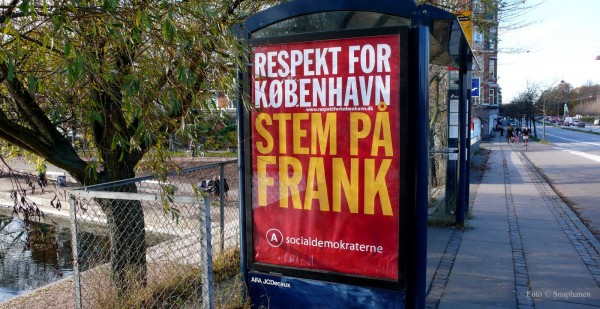


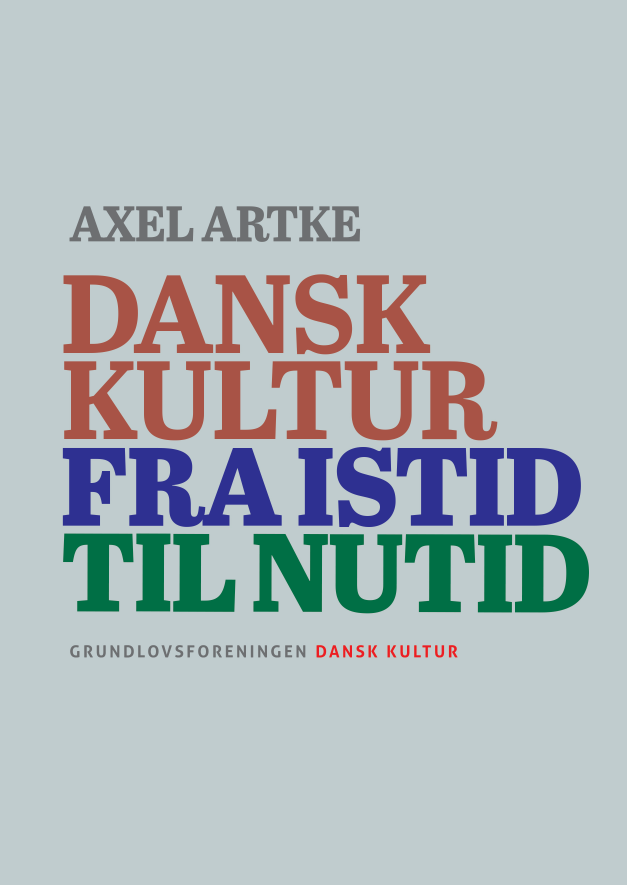

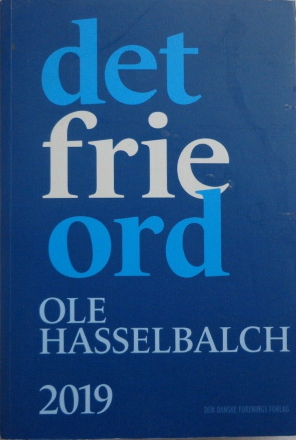
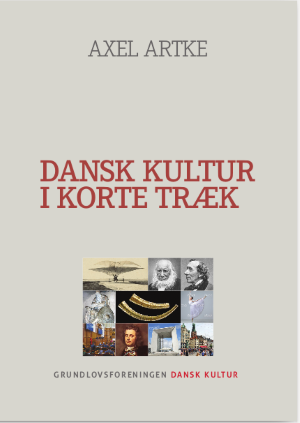
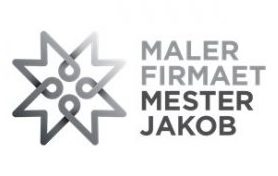
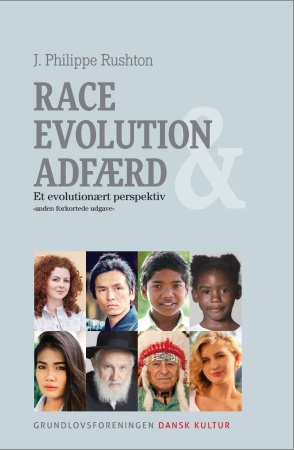
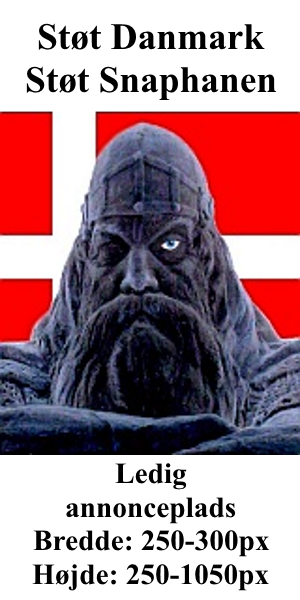
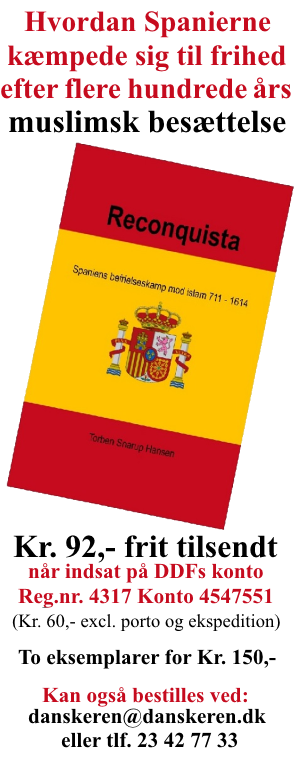
En skønne dag bliver det nødvendigt, at verden får et land, hvor folk kan flygte til. Europæerne får ikke andet valg end at flygte fra vold og mord. Der bliver ikke nogen modstand af afgørende betydning. Myndighederne vil forhindre de gamle europæere i at gøre noget.
Jeg har et håb om, at USA kan nå at vågne op, før det er for sent for dem. Og det er et land, jeg godt kan holde ud at flytte til, fordi det – sjovt nok – ikke er et land, hvor man er fremmed, bare fordi man er ny.
På et tidspunkt er der et land, der bryder enigheden og lukker for muslimsk indvandring. Og tillader europæisk. Det bliver på det tidspunkt, at det revner. Så starter udvandringen af folk som os selv…
Lidt om de langskæggede fra Islamisk trossamfund:
http://logisksnit.blogspot.com/2009/10/langskgget-snak.html
Barometern visar delvis PK-trender på grund av att andelen blattar bland svaranden har ökat.